Drones = Essential Tool
As drones have become crucial for modern warfare, from reconnaissance missions to direct attacks against the enemy, they have virtually become expendable battlefield items instead of military hardware.
This is especially true in the Russo-Ukrainian War where small commercial drones are being literally used in the thousands, if not tens of thousands, but what does it mean for the world?
First and foremost, drones are regarded as an ideal means of reconnaissance and artillery observation. Thanks to their small size and quiet noise, they are less susceptible to enemy detection, and poses no risk towards personnel compared to conventional helicopters.
On the other hand, the notorious suicide drones have not yet achieved its position as the “main player” on the battlefield. For example, while the US military recognizes the tremendous value of drones in the reconnaissance and surveillance aspect, it still considers artillery and armored forces as the main choice of any attack.
Similarly, Russia has also concluded that while drones are extremely effective in reconnaissance and other supporting roles, the main focus should remain on the heavy use of artillery.
In essence, drones are highly useful assets whose absence can put one on the back foot, but still fall short as the primary means of combat. Of course, this perception may change as the drones evolve in their combat capabilities, just like how aircrafts grew from its initial side-dish status to such an indispensable asset.
Some Cultural Impediments
So, how is Japan responding to this new reality?
When it comes to incorporating new innovative technology, Japan has an unfortunate reputation for being sluggish, especially in the public sector.
To be fair, the Japanese Self Defense Forces (SDF) have already introduced some drones, such as the Global Hawk and the ScanEagle 2, and the Army has been using remotely piloted helicopters for artillery observation since the early 2000s.
That being said, Japan lags behind in modern drone warfare compared to potential adversaries like China, who has not only been mass-producing a wide variety of drones, but also operating them on an unprecedented scale.
As Japan is struggling to catch-up in terms of research, development, and practical use, the SDF’s organizational culture may serve as an obstacle in achieving this goal.
Like any other bureaucratic organization, the SDF tends to stick towards precedent rather than demonstrating flexibility, but the real issue stems from their heavy emphasis on cherishing the existing equipment.
Since the SDF has constantly been subject to budget constraints, they are known for taking extremely good care of their equipment in order to extend the service life.
Whether it is hardware or personnel gear, every SDF personnel is soaked in this mentality from the start of basic training, not tolerating a single used cartridge to be unaccounted for.
Some units go as far as using 50 year-old blankets and mattresses, whereas others are stuck with obsolete firearms and hand-me-down clothing.
 A SDF personnel using a drone (photo: JGSDF)
A SDF personnel using a drone (photo: JGSDF)
Needless to say, such posture is evidence that Japan military is very considerate of the tax payer’s money, but it does not fit well with the recent trend of drones becoming disposable equipment.
Losing a single small drone during field training would result in a laborious search effort as well as exhausting paperwork, discouraging both the commanders and soldiers from operating these equipment in the first place.
Under such an organizational culture that places unrelenting importance on taking care of government property, it is quite difficult to imagine the use of small drones in mass numbers, something undoubtedly necessary for modern warfare.
Furthermore, the current legal restrictions, which limits the use of radio waves and airspace in general, also hinders the SDF’s use of drones in everyday training.
Nonetheless, with the undeniable effectiveness of drones being acknowledged by just about everyone, it is only a matter of time for Japan to make steady progress, including the revision of existing laws.
As a final note, one must remember that the geographic condition between Japan and Ukraine is starkly contrasting, thus making the nature of drone operations different as well.
Any conflict involving Japan in the near future would likely occur in the sea and air, with limited action on remote islands.
Unlike the Russo-Ukrainian War, where surface-to-air missiles have prevented both sides from obtaining air superiority, naval and aerial combat in the Western Pacific is anticipated to end in at least either side gaining the upper hand instead of a deadlock.
Thus, small drones may not become prevalent except for a few land battles during island defense. In an oceanic environment, conventional aircraft and large drones with longer range, as well as unmanned vessels are considered to be more effective than small commercial drones.



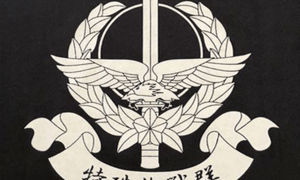
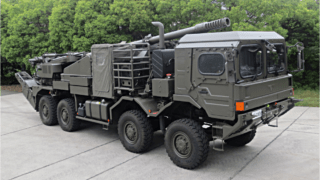

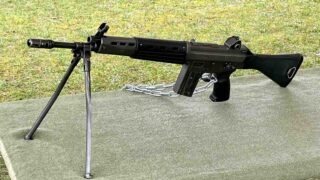
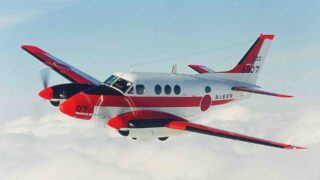
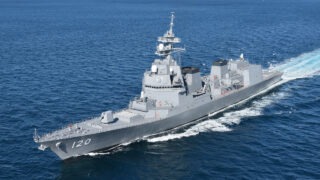
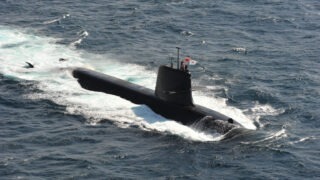
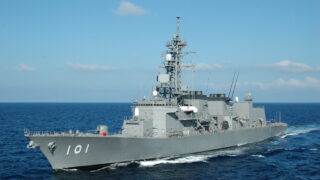
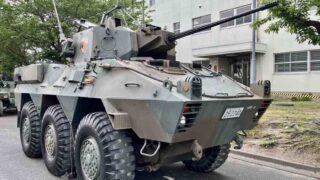
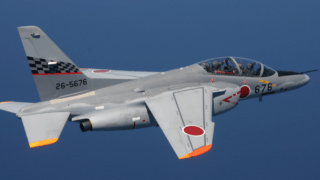
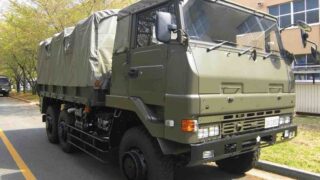
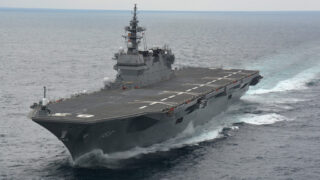
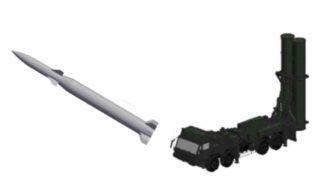
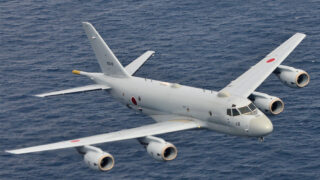

-320x180.jpg)
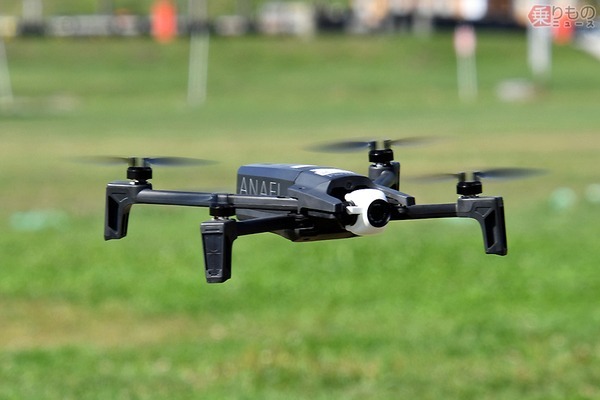
Comments